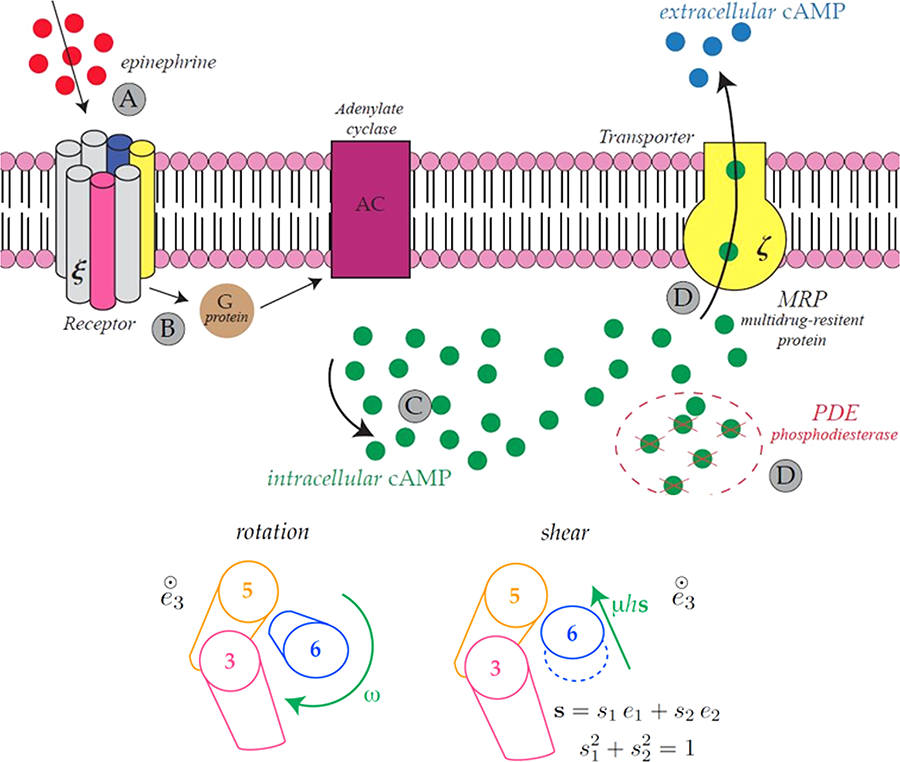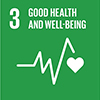
Babaei Identifies Lipid Rafts as Way COVID-19 Invades Cells
 As the coronavirus pandemic continues its march across the globe, researchers—including CEE Professor Kaushik Dayal and recent graduate Mahnoush Babaei—are discovering new information that could help to fight the disease in the future. Their work examined how viruses utilize what they call lipid rafts to change the walls of human cells.
As the coronavirus pandemic continues its march across the globe, researchers—including CEE Professor Kaushik Dayal and recent graduate Mahnoush Babaei—are discovering new information that could help to fight the disease in the future. Their work examined how viruses utilize what they call lipid rafts to change the walls of human cells.Their research, titled Mechanobiology predicts raft formations triggered by ligand-receptor activity across the cell membrane, was published in the August 2020 Journal of the Mechanics and Physics of Solids. The paper was co-authored with experts in universities worldwide including the University of Naples-Federico II, DICAM-University of Trento, University of Palermo, University of Ferrara, and the University of Pittsburgh.
Babaei explains that cell walls act as barriers to keep out substances including viruses like COVID-19. But some viruses can trick a cell and gain entry, eventually leading to an infection.
“A cell’s membrane protects the cell. Normally, receptors are able to block the entry of undesired particles, but some viruses find their own way to activate the receptors,” says Babaei. These tricky viruses can make the cell believe that it’s safe to let them in.
This is where lipid rafts come into play. “A density change of active receptors drives the system towards an active configuration in which the lipid bilayer shrinks around active domains, causing membrane deformation and thickening in the form of lipid rafts.” This change makes it easier for viruses such as COVID-19 to use lipid rafts to enter the cell.
The groups’ research could have long-term impacts in treating viruses including COVID-19. By understanding the ways that a virus can invade a cell, researchers can work to close that entry point and help individuals to avoid infection.
Dayal and Babaei hope that their work will assist in the global work being done to combat coronavirus.
“As a non-medical expert, this work made me explore the ways to redirect my research to address immediate needs of other scientific societies, which is well-aligned with my philosophy of doing interdisciplinary research,” adds Babaei.
The complete list of collaborators for this paper includes: Angelo R. Carotenuto, Laura Lunghi, Valentina Piccolo, Mahnoush Babaei, Kaushik Dayal, Nicola M. Pugno, Massimiliano Zingales, Luca Deseri and Massimiliano Fraldi.
